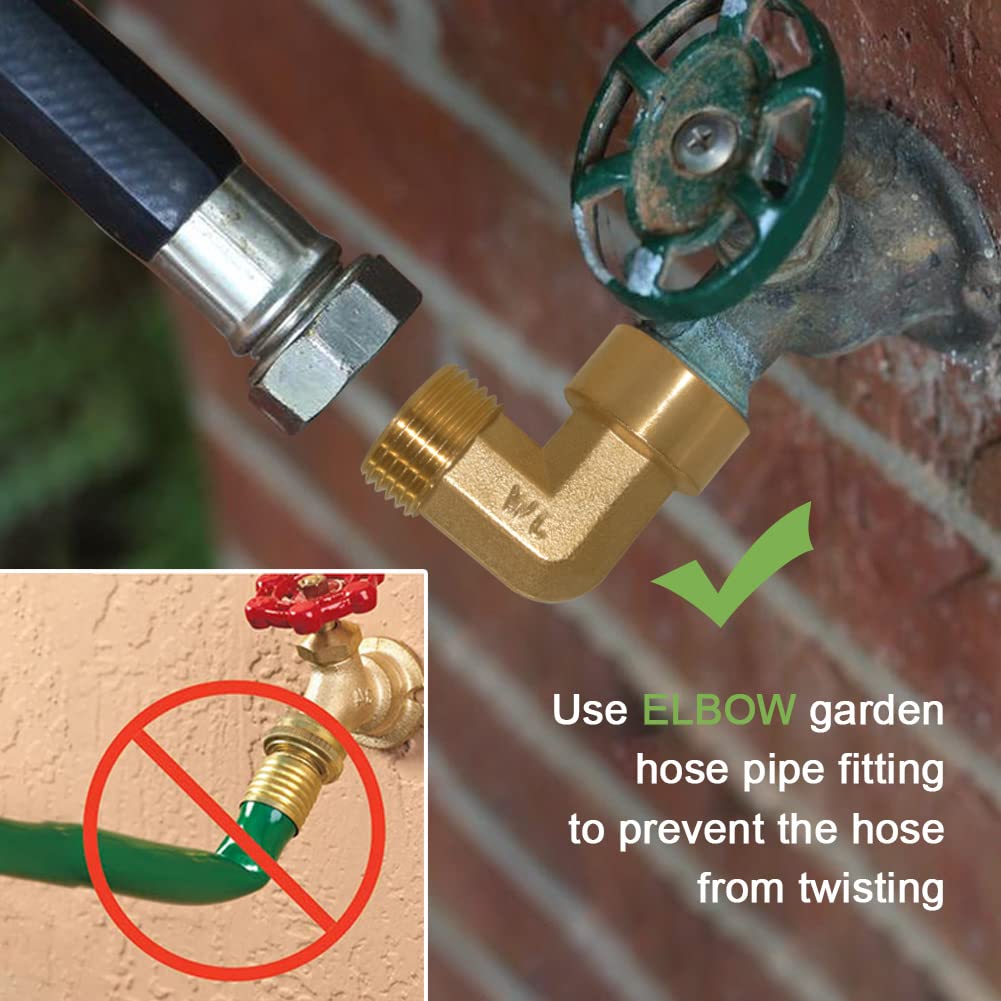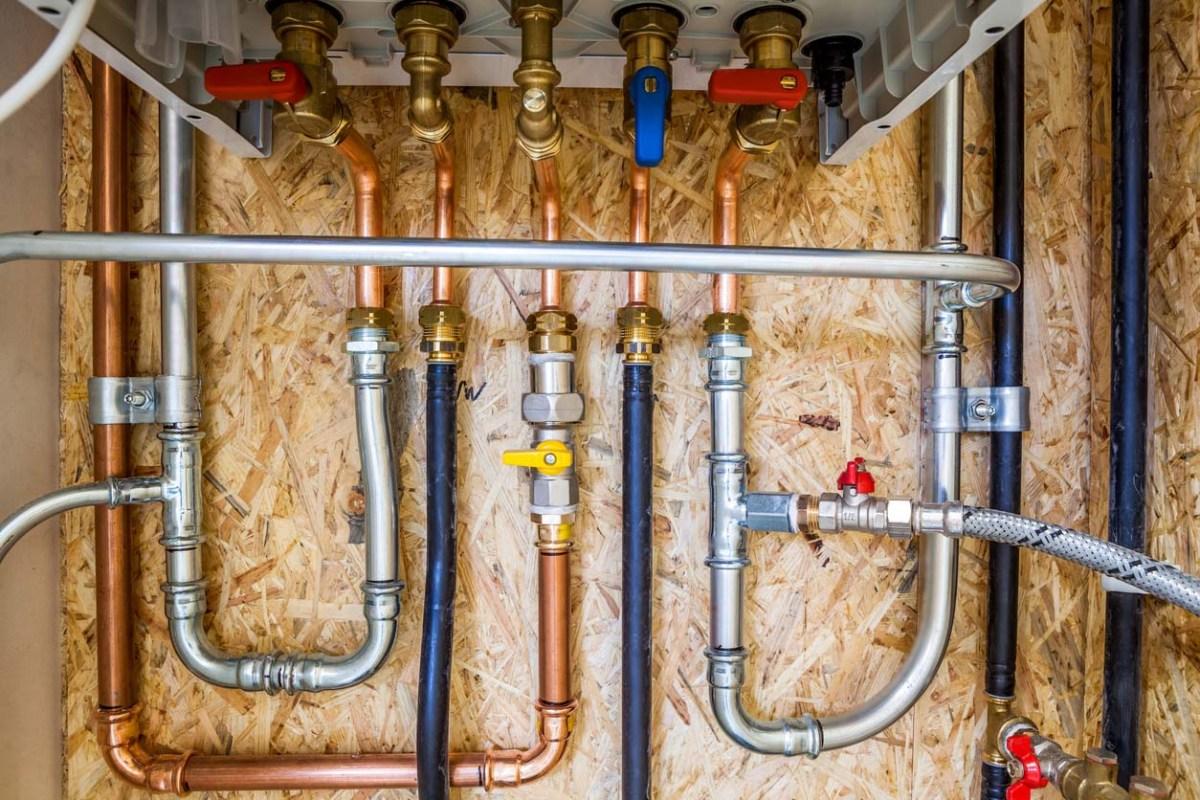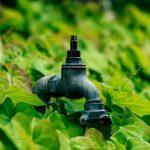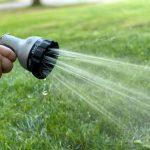Gardening can be therapeutic, and watering your garden is a calm chore, until you have a leaky garden hose truly testing your patience. If this sounds familiar, rest assured that maintaining the longevity of your garden hose is not an uphill battle – with the right steps, you can easily prevent leaks and unnecessary wear. This post will provide you with simple, yet effective method to take care of your watering companion.
Contents
Maintaining Your Garden Hose
Regular maintenance is essential for the longevity of any equipment, and the garden hose is no exception. Keeping it clean by occasionally filling it with mild dishwashing liquid mixed with water or using a half cup of bleach for heavy-duty cleaning can keep it in top shape. Remember to thoroughly rinse afterwards to prevent any damage to your plants from residual chemicals.
An estimated 10% of households have leaks in their watering equipment that can waste up to 90 gallons of water per day. Regular checks for taps, connectors used at each end of the hose can help avoid such silent water wastage. Also look out for cracks frequently to seal them before they become an issue.
The typical lifespan of a garden hose ranges from 5 to 10 years depending on its quality and maintenance. Replacing worn-out washers periodically not only helps in prevention of leaks but contributes towards extending its life as well.
Guidelines for Hose Storage
Improper storage of a garden hose can lead to unnecessary wear and tear. It’s critical to ensure that the hose is properly drained before putting it away, especially during winter months when frozen water can cause ruptures. Hang it in large loops on a wall-mounted carrier or store it on a portable wheeled cart ensuring it isn’t stretched tightly.
The garden equipment market which includes hoses was valued at several billion dollars, indicating the vast volumes in use, and further emphasizing the need for proper storage methods. According to a report by Master Plumbers, a leading industry organization, adopting correct storage methods can substantially increase hose life.
A beneficial piece of equipment is a hose reel which provides an organised method of storage. By using it one can avoid kinks, twists, and cracks therefore extending the life by up to 5 times.
Preventing Hosepipe Twists

Repeated twisting of the garden hose could lead to kinks and leaks. To avoid this, make it a habit to straighten your hose after use. Ideally, invest in a quality hose that promises anti-kink technology which renders them highly impervious to twists.
Also, avoid the temptation of tightening the connection excessively while connecting your hose to the tap (valve). This may result in unwanted strain on the hose leading to premature breakage. Just make sure it’s tight enough to prevent leaks.
Effortless Hose Coiling Technique
An essential part of maintaining your garden hose involves proper coiling. It is recommended to start at the end connected to the tap and work your way towards the nozzle. This technique ensures any remaining water is pushed out thus preventing potential damage caused by leftover liquids.
A smooth, spiral coil is proven to be more space-efficient and less likely to cause undue tension on your hose. However, be careful not to restrict the hose too much as long loops are preferred over tight coils.
Achieving a Kink-Free Coil
Expelling all water before coiling helps free your hose of twists or kinks. A kink-free coil can be easily achieved by laying it out straight under the sun for a while. The warm sunlight softens the rubber making it flexible and easier to manipulate into a coil without any kinks.
This simple habit significantly cuts down on the wear and tear caused by constant kinking, adding substantial years to your hose’s lifetime. Moreover, it’s helpful in saving water by reducing the probable leaks caused by kinks.
Employing a Hose Reel
Statistics show that using a hose reel can extend the life of your hose up to 5 times. A hose reel allows for an easy and efficient hose usage and storage system. It also protects your hose from the elements when not in use and keeps it conveniently ready for use during those busy gardening days.
With the task of rewinding being as easy as turning a handle, it always keeps your garden neat and tidy. It also prevents any tripping hazards making them a must-have for families with young children or elderly members.
Taking Care of Expandable Hoses
Expandable hoses are excellent space savers that grow up to three times its size when filled with water. Despite their convenience, they need additional maintenance because they can easily puncture if left in areas with sharp objects or exposed to harsh sunlight.
The trick to prolonging the life of an expandable hose lies in regular checks for weak spots that may turn into leaks or ruptures. It should be completely drained after each use, too. Efficient utilization can save homeowners up to 10% on their water bills.
In a nutshell, with proper care, your garden hose should provide several years of serviceability helping you maintain your beloved lawn or garden. Remember — a well-maintained hose is a key step towards water conservation.
Maintaining Tap Connector Seals
The task of taking care of your garden hose may seem trivial compared to other household chores. However, it is crucial to maintain this often-overlooked tool to not only extend its lifespan but also conserve water. Here’s where maintaining your tap connector seals comes in.
Tap or tap leaks are major contributors to water wastage. A typical garden hose can emit water at a rate of anywhere from 9 to 17 gallons per minute. A leak or an open tap without a nozzle can lead to significant water waste, and regular maintenance is the key to prevention. More worryingly, up to 10% of households have leaks in their gardening equipment, including hoses, which can result in waste of up to 90 gallons of water per day!
It is vital to ensure that your tap connector seals remain intact and in tip-top shape. Implement a regular routine of checking the seals for any visible signs of wear and tear like cracks or loosening rubber lining. A leaky hose can particularly be problematic when left unattended as it can contribute to about 30% – 50% inefficiency due to propensity for wind, runoff and evaporation.
If you find signs of wear on your seal, do not despair! You can replace these parts quite easily and inexpensively at local hardware stores. You’ll be able to save up to 10% on your water bills with timely and properly fixed leaks in hoses.
Replacing Your Hose Timely

We all want our purchases to last as long as possible. Regular care enhances longevity and garden hoses are no exception. In fact, proper maintenance and storage can increase the lifetime of your hose that typically ranges from 5 to 10 years.
However, despite our best efforts, time takes its toll on all things. Garden hoses are frequently exposed to harsh conditions, like sunlight and fluctuating temperatures, that may lead to material failure – from leaks to complete bursts. Therefore, the timely replacement of your hose is necessary.
How do you know when it’s time to replace? Watch out for regular leaks, general wear, and repeated kinks. These are signs that your hose might be nearing its end. An old, worn-out hose will not only waste water but also limit the efficiency of your gardening tasks. Plus, considering the garden equipment market’s worth in billions of dollars, you won’t be short on options when picking a new one!
Keep in mind; preventative measures such as using garden hose reels can also lead to better longevity of your hose. They help prevent kinks and cracks, extending the life of your hose by up to 5 times.
Garden Hose Care Tips
Taking care of your garden hose is more than just maintaining seals and timely replacement; it’s about effective use and proper storage as well.
Ensure that after each use, you empty the hose and store it in a cool, dry environment away from direct sunlight. An open environment could lead to UV damage while stored water could become a breeding ground for algae.
In line with the care tips, cleaning your garden hose with a mild dishwashing solution or diluted bleach can help keep away mould and grime. Be sure to thoroughly rinse afterwards though as any leftover cleaning solution can harm your plants!
Consider investing in a garden hose reel for better storage if space permits. As mentioned earlier, statistics show that using a reel can extend the life of a hose by up to 5 times.
Lastly, always remember to check for leaks regularly. This routine will help you catch any potential water wasting suspects on time.
In Conclusion
Despite being an underappreciated tool, your garden hose plays an integral role in maintaining the lush green of your garden. With proper care, including essential maintenance of tap connector seals, timely replacements and general good practices, you can extend the life of your hose not just to save water, but also to uphold the charm of your garden. Remember, every drop counts – both for your plants and your utility bill!
Related posts:
 Leaking Garden Tap? Dan’s Plumbing Provides Quick and Lasting Repairs
Leaking Garden Tap? Dan’s Plumbing Provides Quick and Lasting Repairs
 Summer-Ready: Ask Dan’s Plumbing About Sprinkler Systems for Your Melbourne Garden
Summer-Ready: Ask Dan’s Plumbing About Sprinkler Systems for Your Melbourne Garden
 Our Practical Tips to Help Prevent a Dishwasher Drain Block
Our Practical Tips to Help Prevent a Dishwasher Drain Block
 Hidden Leaks? Dan’s Plumbing Can Help Identify Water Waste Quickly
Hidden Leaks? Dan’s Plumbing Can Help Identify Water Waste Quickly
 Top Watering Systems for Australian Climates
Top Watering Systems for Australian Climates
 Keeping Your Kitchen Sparkling: Easy Hacks from Dan’s Plumbing for Busy Aussies
Keeping Your Kitchen Sparkling: Easy Hacks from Dan’s Plumbing for Busy Aussies



